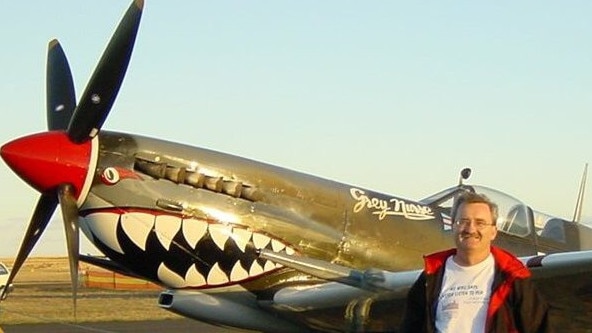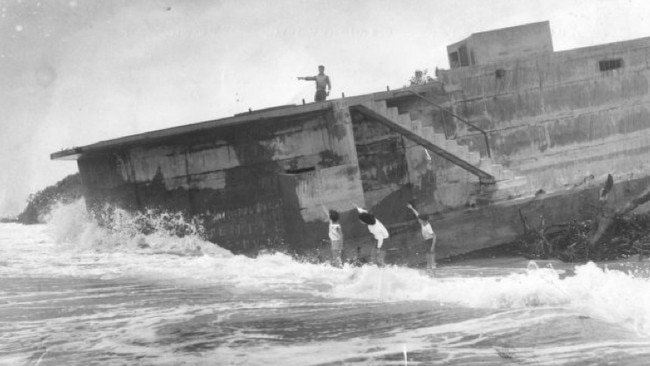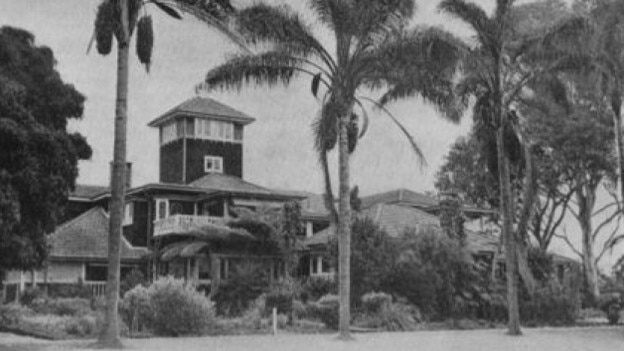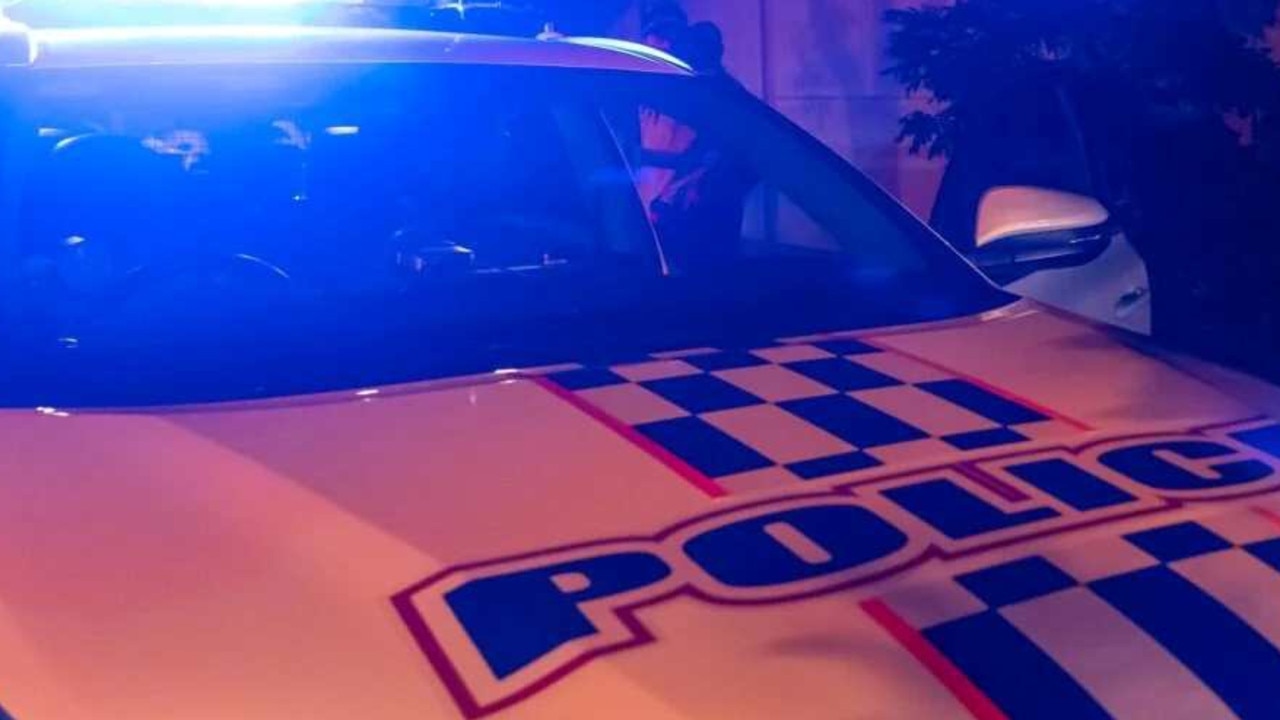Discover Moreton Bay Region’s wartime past
Did you know there were live firing ranges at Clear Mountain and Cashmere during World War II? The region’s wartime secrets will be unearthed in a series of talks with Peter Dunn.

Moreton Life
Don't miss out on the headlines from Moreton Life. Followed categories will be added to My News.
Uncovering our secret wartime past has been a lifelong passion for Peter Dunn.
The historian grew up in Townsville where as a child he could regularly be found exploring abandoned World War II facilities.
“I used to play war games in the Garbutt hangar … there were lots of bunkers and hangars that I used to play in,” Peter says.
“There were old rusty aircraft drop fuel tanks in the saltpan behind our house at Pimlico (now the Lakes area). The older kids were lucky enough to locate the more intact drop tanks and turn them into small boats or canoes and use them on the weirs.”
Peter has spent most of his life unearthing Australia’s wartime past and documenting it in his online tome Australia @ War, and five e-books. Next month, he will share some of the Moreton Bay Region’s own secrets.

The region was tactically an important area for Australia, and its coastline was dotted with gun placements and batteries to protect shipping lines and the mouth of the Brisbane River.
“There were 10 Royal Australian Navy stations to protect the entrance to the harbour,” he says.
“There were cables running from Bribie Island across to Cape Moreton and they formed a loop, connected to a magnetometer. So, if a Japanese submarine went through that loop they saw a change in the magnetic field. They had mines in between the loops at Caloundra they could detonate.
“The Japanese did mine the entrance to Brisbane. The Royal Australian Navy were doing live firing in the area and those mines were noise activated, one of them went off.”
About 15,000 men from the US Army’s 1st Cavalry division were encamped at Strathpine during World War II, with a live firing range at Clear Mountain, and Cashmere.
Caboolture’s historic Newman House was where the Australian Intelligence Bureau’s Secret Intelligence Agencey (SIA) spies trained before jumping a boat at New Farm and being inserted into the theatre of war.

“The guy who was in charge (Captain Roy Kendall) of the SIA was based in Brisbane, and he actually reported directly to the British. He had the ear of Winston Churchill.”
Peter says he has spent 23 years chasing down Australia’s World War II history.
“It’s the thrill of the hunt for me, the challenge of tracking information down. My research has made me realise that … very few authors and historians have covered much detail about events inside Australia during World War II.”
Peter is speaking at Strathpine Library on November 12 from 9-10am, and Bribie Island Library on November 28 from 10-11am.


